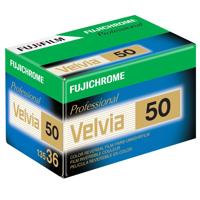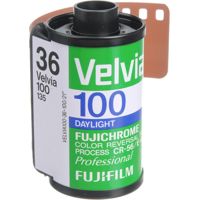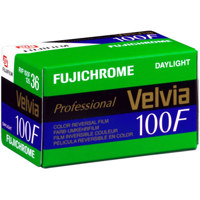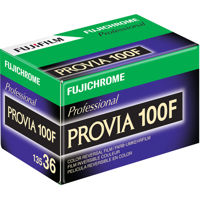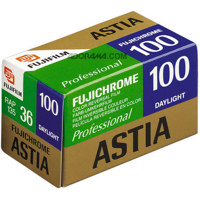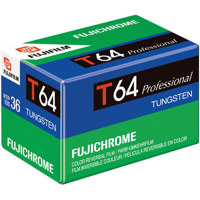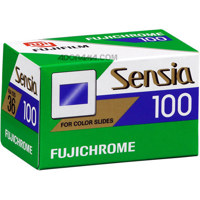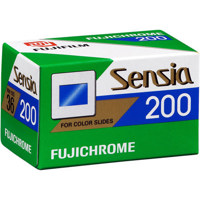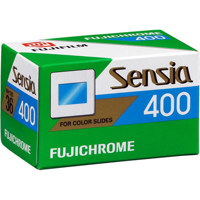JeremyLangford
I'd really Leica Leica
I am simply trying to understand all the different versions and differences of 35mm color slide film there are available now. I'll start with Kodak.
Kodak:
Prosumer:
Ektachrome E100G
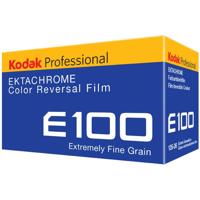
(Extremely fine grain)
-Extremely fine grain
-Neutral color balance, natural skin-tone reproduction
-Lower D-min for whiter, brighter whites
-Use in-studio or on location
Ektachrome E100GX
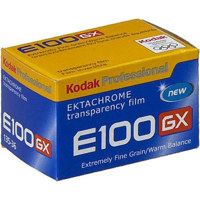
(Same fine grain, but warmer)
-Extremely fine grain
-Warm color balance
-Glowing skin tones, shimmering surfaces
-Ideal for natural lighting
Ektachrome E100VS
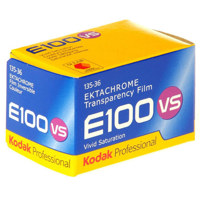
(Vivid saturation at ISO 100)
-Vividly saturated colors
-True ISO 100 speed in high-color arena
-Exceptional sharpness and fine grain
-Superb results even in low-light situations
Ektachrome E200
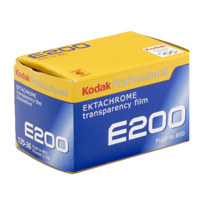
(Amazing pushability)
-Push processing performance to EI 800
-Natural-looking skin tones
-Improved highlight and shadow details
-Perfect for demanding shooting conditions
Kodachrome 64 (PKR) (K-14)

Ektachrome 64T Tungsten (EPY)

Ektachrome 100 Plus (EPP)
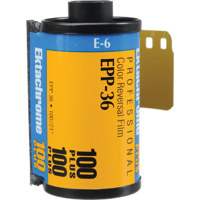

Consumer:
Elite Chrome 100 (EB)
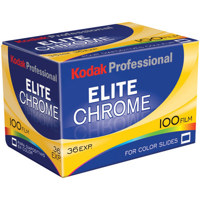
(Similar to Ektachrome E100G / Ektachrome E100GX)
Elite Chrome Extra Color 100 (EBX)

(Similar to Ektachrome E100VS)
Elite Chrome 200 (ED)
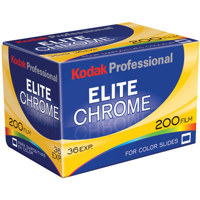
(Similar to Ektachrome E200)
Kodachrome 64 (KR) (K-14)
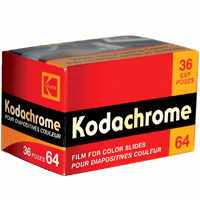
(Similar to Kodachrome 64 (PKR))
Kodak:
Prosumer:
Ektachrome E100G

(Extremely fine grain)
-Extremely fine grain
-Neutral color balance, natural skin-tone reproduction
-Lower D-min for whiter, brighter whites
-Use in-studio or on location
Ektachrome E100GX

(Same fine grain, but warmer)
-Extremely fine grain
-Warm color balance
-Glowing skin tones, shimmering surfaces
-Ideal for natural lighting
Ektachrome E100VS

(Vivid saturation at ISO 100)
-Vividly saturated colors
-True ISO 100 speed in high-color arena
-Exceptional sharpness and fine grain
-Superb results even in low-light situations
Ektachrome E200

(Amazing pushability)
-Push processing performance to EI 800
-Natural-looking skin tones
-Improved highlight and shadow details
-Perfect for demanding shooting conditions
Kodachrome 64 (PKR) (K-14)

Ektachrome 64T Tungsten (EPY)

Ektachrome 100 Plus (EPP)


Consumer:
Elite Chrome 100 (EB)

(Similar to Ektachrome E100G / Ektachrome E100GX)
Elite Chrome Extra Color 100 (EBX)

(Similar to Ektachrome E100VS)
Elite Chrome 200 (ED)

(Similar to Ektachrome E200)
Kodachrome 64 (KR) (K-14)

(Similar to Kodachrome 64 (PKR))
Last edited:


